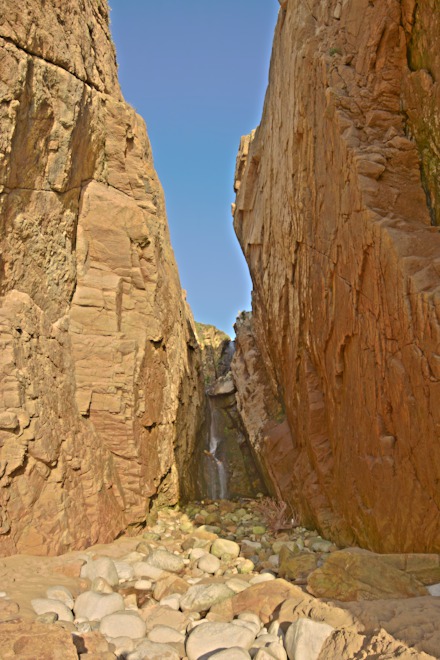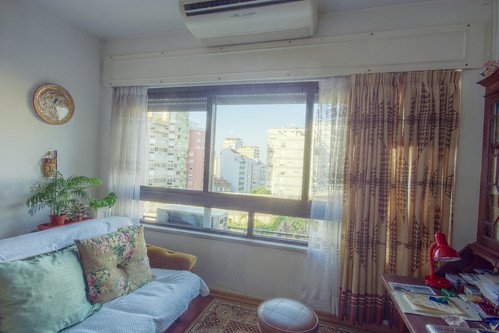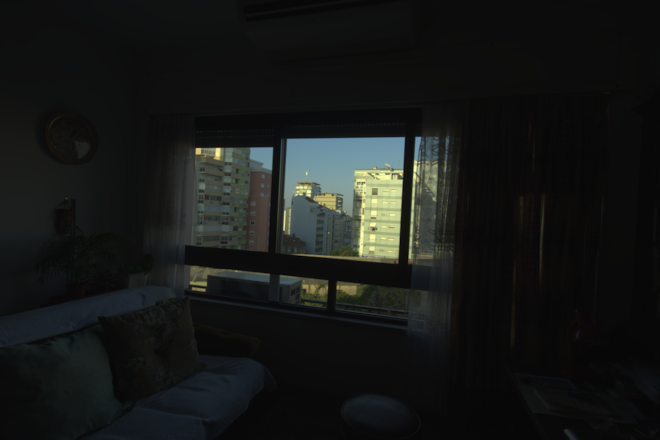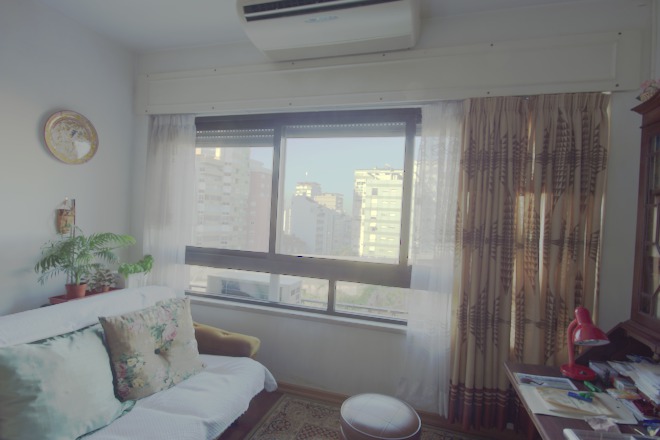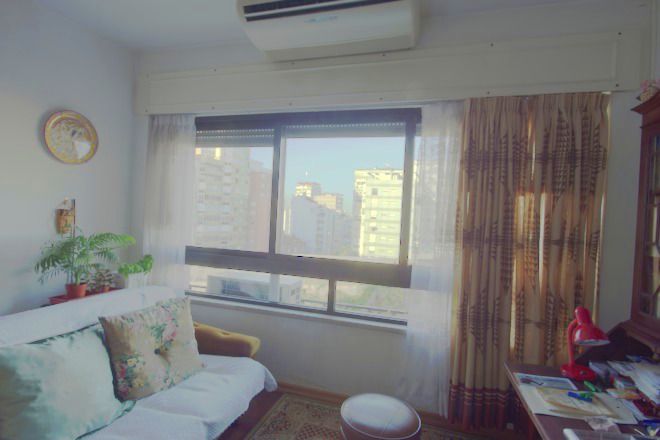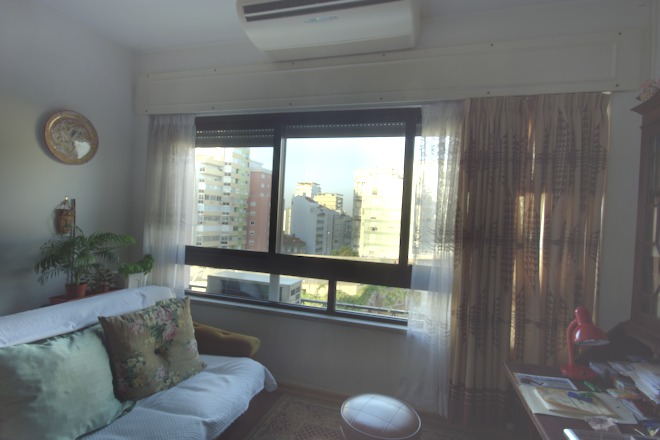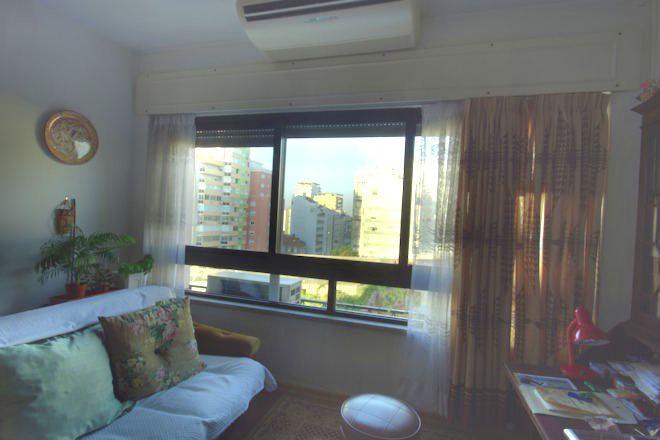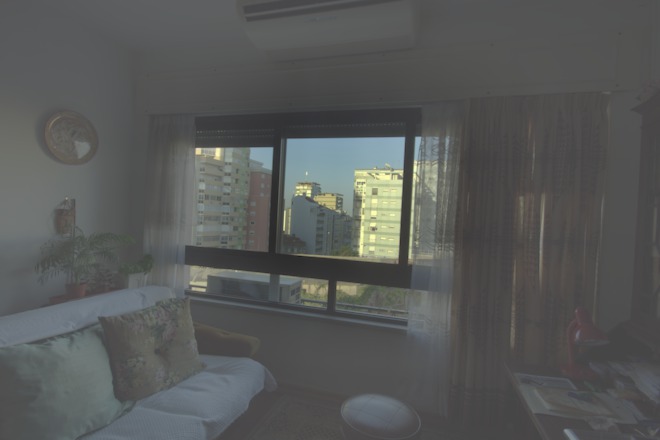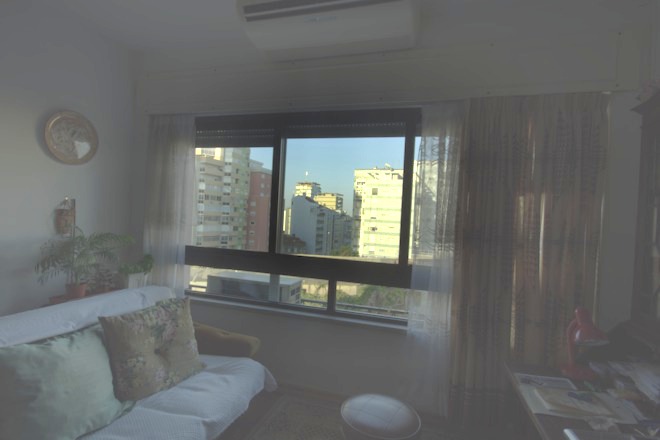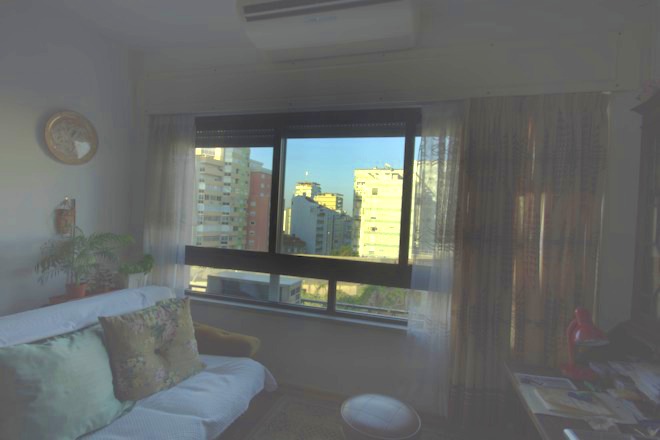I have been playing around with something like the Durand Bilateral Filtering in HSB space with log rather than gamma and processing of the base and detail images and the saturation. Here is what I got so far:
convert sala_com_janela2.exr -auto-level -evaluate log 10000 -colorspace HSB -separate \
\( -clone 1 -evaluate multiply 2 \) \
\( -clone 2 -selective-blur 0x5+10% \) \
\( -clone 2 -clone 4 +swap -compose divide -composite -level 40,100% \) \
\( -clone 4 +level 30x90% \) \
\( -clone 5 -clone 6 -compose multiply -composite \) \
-delete 1,2,4,5,6 -set colorspace HSB -combine -colorspace RGB \
sala_com_janela2_al_log10000_hsb_sb_0x5x10_sat2_l40x100_pl30x90.jpg
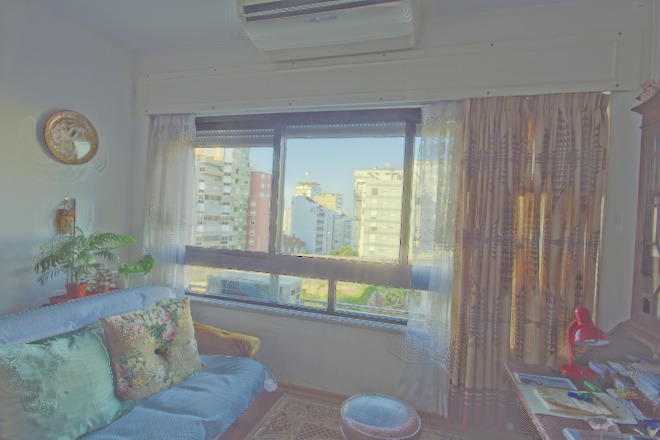
convert sala_com_janela2.exr -auto-level -evaluate log 10000 -colorspace HSB -separate \
\( -clone 1 -evaluate multiply 1.5 \) \
\( -clone 2 -selective-blur 0x5+10% \) \
\( -clone 2 -clone 4 +swap -compose divide -composite -level 40,100% \) \
\( -clone 4 +level 30x90% \) \
\( -clone 5 -clone 6 -compose multiply -composite \) \
-delete 1,2,4,5,6 -set colorspace HSB -combine -colorspace RGB \
sala_com_janela2_al_log10000_hsb_sb_0x5x10_sat1p5_l40x100_pl30x90.jpg
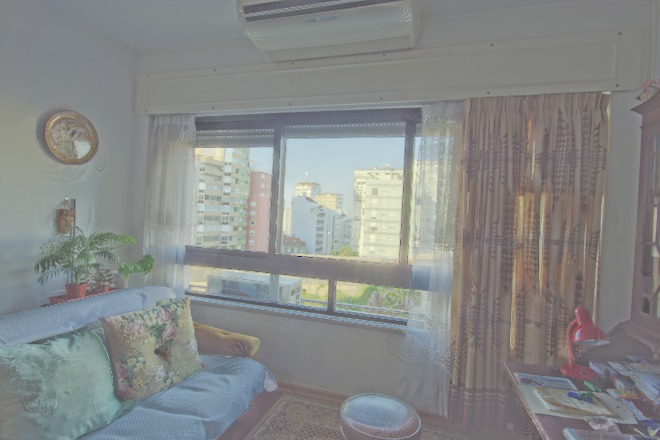
Note there appears to be some strange "ringing-like" artifacts introduced by the -selective-blur approx to bilateral filtering on the left wall.
Replacing the -selective-blur with -adaptive-blur seems to remove those artifacts:
convert sala_com_janela2.exr -auto-level -evaluate log 10000 -colorspace HSB -separate \
\( -clone 1 -evaluate multiply 2 \) \
\( -clone 2 -adaptive-blur 0x5 \) \
\( -clone 2 -clone 4 +swap -compose divide -composite -level 40,100% \) \
\( -clone 4 +level 30x90% -write tmp4.png \) \
\( -clone 5 -clone 6 -compose multiply -composite \) \
-delete 1,2,4,5,6 -set colorspace HSB -combine -colorspace RGB \
sala_com_janela2_al_log10000_hsb_ab_0x5_sat2_l40x100_pl30x90.jpg
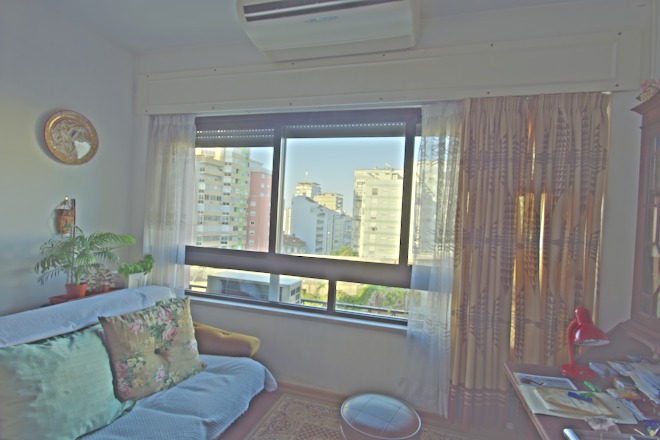
Using the same technique, here is you other image:
convert zona_zen_vodafone2.exr -auto-level -evaluate log 10000 -colorspace HSB -separate \
\( -clone 1 -evaluate multiply 2 \) \
\( -clone 2 -adaptive-blur 0x5 \) \
\( -clone 2 -clone 4 +swap -compose divide -composite -level 40,100% \) \
\( -clone 4 +level 20x90% -write tmp4.png \) \
\( -clone 5 -clone 6 -compose multiply -composite \) \
-delete 1,2,4,5,6 -set colorspace HSB -combine -colorspace RGB \
zona_zen_vodafone2_al_log10000_hsb_ab_0x5_sat2_l40x100_pl20x90.jpg

Here is the first image with the same technique:
convert cascata_praia_da_ursa4.exr -auto-level -evaluate log 10000 -colorspace HSB -separate \
\( -clone 1 -evaluate multiply 2.5 \) \
\( -clone 2 -adaptive-blur 0x5 \) \
\( -clone 2 -clone 4 +swap -compose divide -composite -level 60,100% \) \
\( -clone 4 +level 0x90% \) \
\( -clone 5 -clone 6 -compose multiply -composite \) \
-delete 1,2,4,5,6 -set colorspace HSB -combine -colorspace RGB \
cascata_praia_da_ursa4_al_log10000_hsb_ab_0x5_sat2p5_l60x100_p0x90.jpg
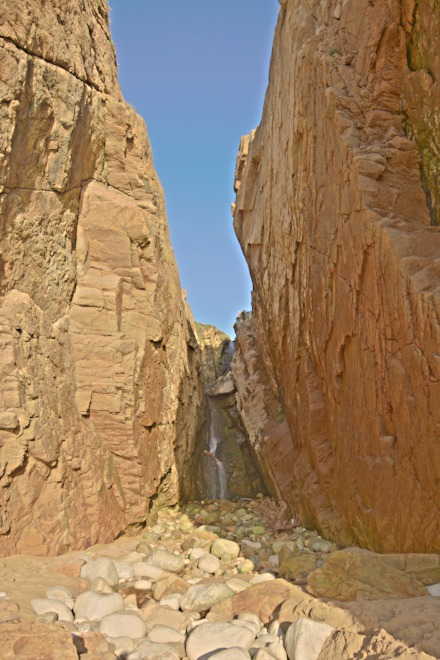
convert cascata_praia_da_ursa4.exr -auto-level -evaluate log 5000 -colorspace HSB -separate \
\( -clone 1 -evaluate multiply 2.5 \) \
\( -clone 2 -adaptive-blur 0x5 \) \
\( -clone 2 -clone 4 +swap -compose divide -composite -level 60,100% \) \
\( -clone 4 +level 0x90% \) \
\( -clone 5 -clone 6 -compose multiply -composite \) \
-delete 1,2,4,5,6 -set colorspace HSB -combine -colorspace RGB \
cascata_praia_da_ursa4_al_log5000_hsb_ab_0x5_sat2p5_l60x100_p0x90.jpg
